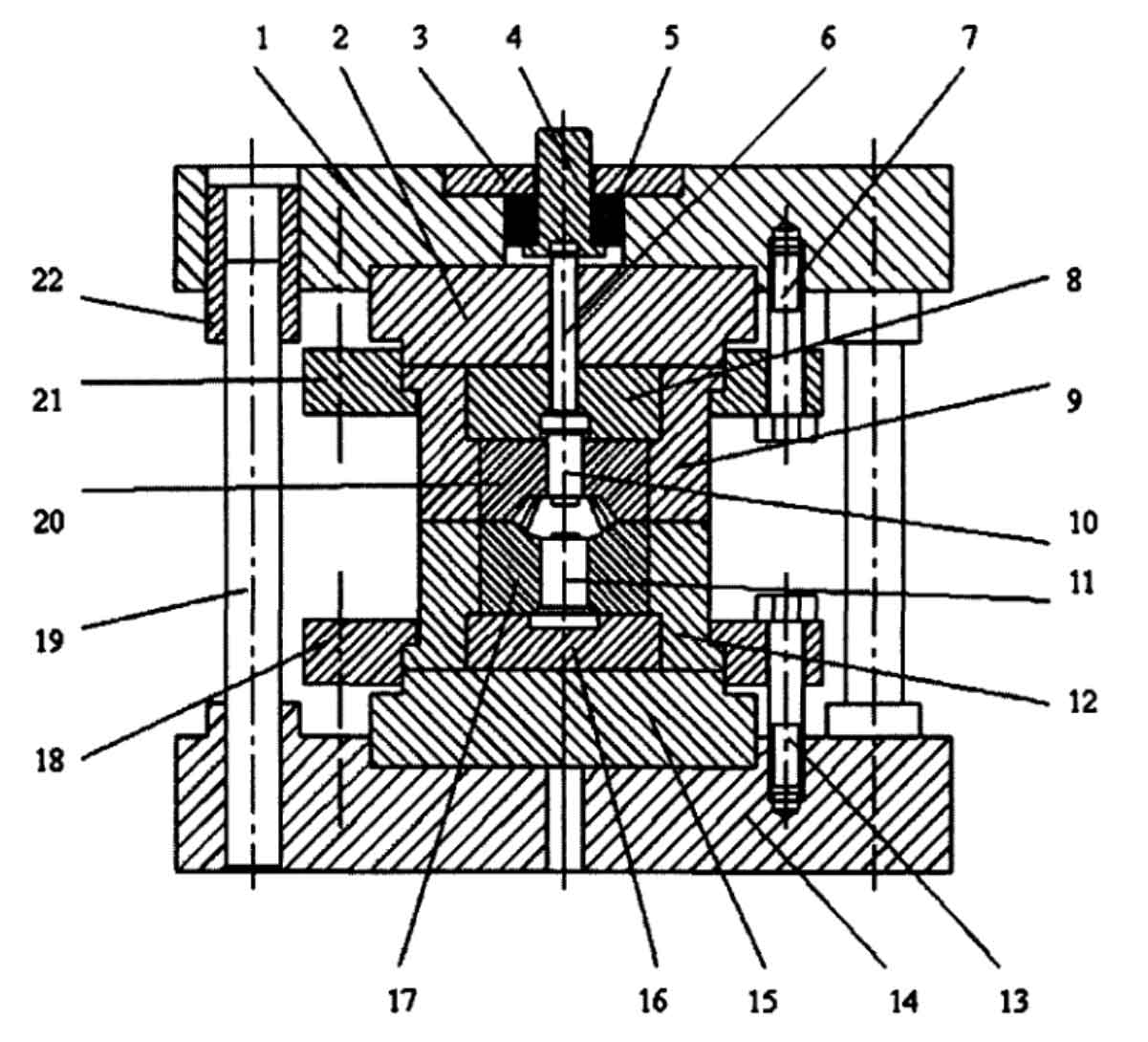Gear forging is indeed a cost-effective solution for high-volume production in several ways. Let’s explore the factors that make gear forging an advantageous choice for cost-effective manufacturing:

- Material Utilization: Gear forging allows for efficient material utilization. The forging process shapes the gear by applying pressure to the raw material, resulting in minimal material waste. Compared to other manufacturing methods like machining, where excess material is removed, gear forging maximizes the use of the material, reducing material costs.
- Economies of Scale: Gear forging is particularly cost-effective for high-volume production. Once the forging dies and equipment are set up, they can be used repeatedly to produce a large number of gears with consistent quality. This results in economies of scale, where the cost per unit decreases as production volume increases. Higher production quantities spread the initial tooling and setup costs over a larger number of gears, reducing the overall cost per gear.
- Reduced Machining Requirements: Forged gears often require less subsequent machining compared to gears produced by other methods. The forging process can achieve near-net shape gears with close tolerances and accurate tooth profiles, reducing the need for extensive post-forging machining operations. This leads to savings in machining time, labor, and associated costs.
- Enhanced Strength and Durability: Gear forging produces gears with superior strength and durability. The forged gears exhibit excellent mechanical properties, such as high tensile and fatigue strength, which reduce the risk of premature failures or gear replacements. The enhanced durability results in cost savings by minimizing maintenance, repair, and replacement costs over the gear’s lifespan.
- Longer Service Life: The enhanced strength and durability of forged gears translate into longer service life. With reduced wear and fatigue, forged gears can operate reliably and efficiently for extended periods. This longevity reduces the need for frequent gear replacements, contributing to cost savings in terms of downtime, replacement parts, and maintenance expenses.
- Reduced Scrap and Rework: Gear forging, when performed with precision and quality control measures, leads to fewer scrap and rework instances. The controlled forging process and optimized material utilization minimize defects and ensure consistent gear quality. This reduces the need for reworking or scrapping gears, saving both time and resources.
- Lower Maintenance and Downtime: The reliability and durability of forged gears minimize unplanned downtime and associated costs. The reduced likelihood of gear failures or breakdowns leads to increased operational efficiency and productivity. Additionally, the lower maintenance requirements of forged gears result in decreased maintenance costs and less production interruption.
It’s important to note that while gear forging offers cost-effective solutions for high-volume production, the specific cost savings and advantages may vary based on factors such as gear complexity, material selection, equipment efficiency, and process optimization. Manufacturers should evaluate their specific production requirements and consider factors beyond cost, such as gear performance, quality, and application suitability, when deciding on the most suitable manufacturing method.
